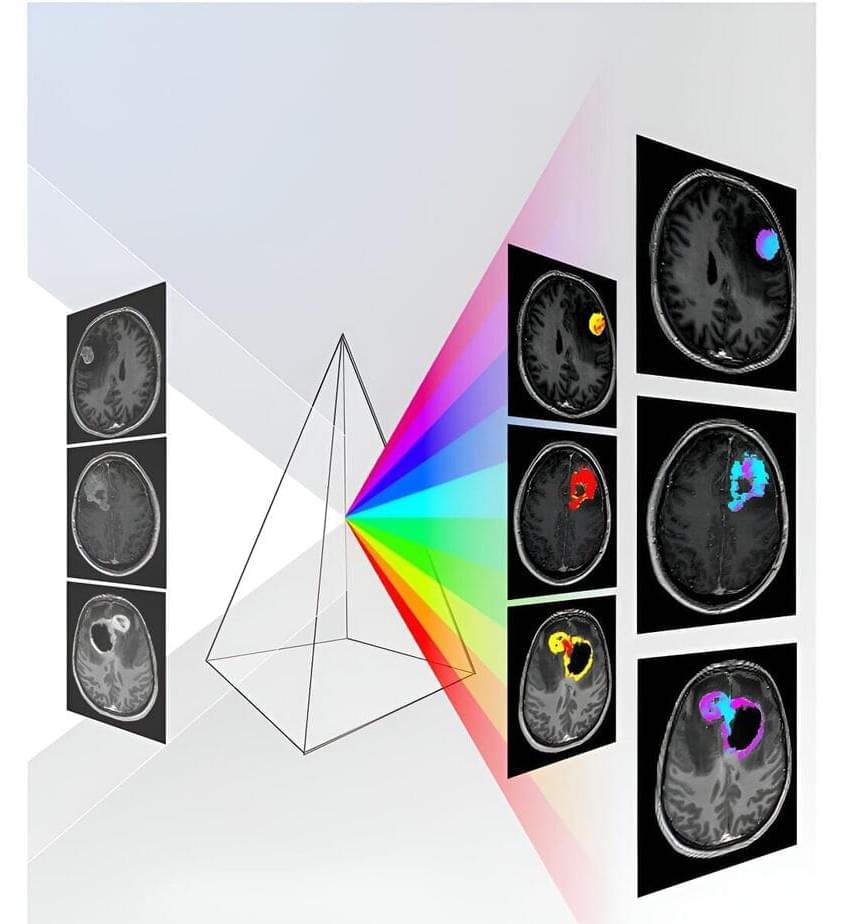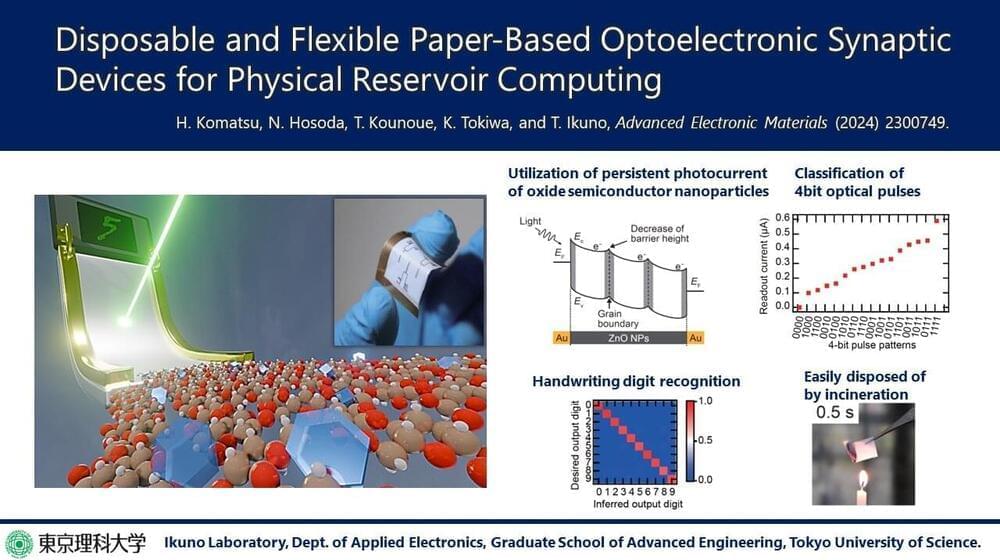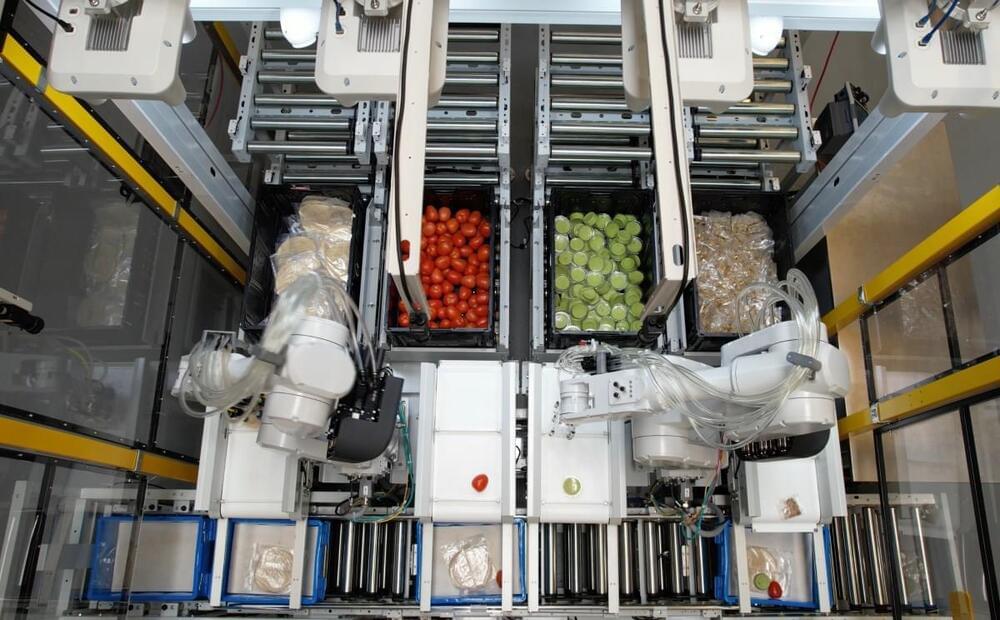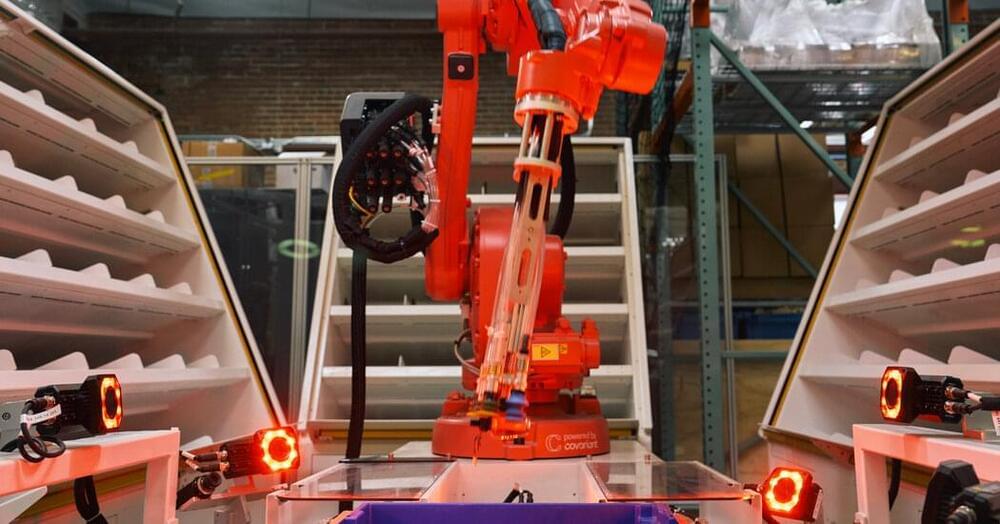How LLM #AI can make a patient-friendly— more understandable, more concise— hospital discharge summary for patients.
Generative artificial intelligence to transform inpatient discharge summaries to patient-friendly language and format.
This cross-sectional study, as part of a larger project to improve care delivery in our health system, was deemed exempt from institutional review board review based on the NYU Langone Health self-certification protocol. The study followed the Strengthening the Reporting of Observational Studies in Epidemiology (STROBE) reporting guideline.
This was a cross-sectional review of 50 inpatient discharge summaries. The number 50 was chosen a priori based on feasibility. We used Epic Systems reporting workbench to export a dataset containing metadata for all notes of the Discharge Summary Note type across NYU Langone Health Systems from June 1 to 30, 2023, totaling 5,025 summaries. We used the Excel 2016 rand() function (Microsoft Corporation) to generate a random number corresponding to each note and selected the 200 notes with the lowest random number. A single reviewer confirmed the identified notes were actual discharge summaries written by the General Internal Medicine service and that the patients were not discharged as dead. For final inclusion in the study, we selected 50 of the remaining notes with the lowest random numbers. Our sample included discharges from all of NYU Langone’s hospital campuses and did not include more than 1 discharge from any single patient.







